的点评
Distinctive Western-style building built between 1910 and 1912, with many impressive features ...
Former Karatsu Bank的点评
点评:The former Karatsu Bank is a very distinctive Western-style building, constructed of granite and red brick, which bears a lot of similarities to Tokyo Station (i.e.: the so-called 'Tatsuno style'). Built between 1910 and 1912, the interior has been tastefully restored to its’ original condition with many impressive features, including an imposing hardwood and steel mesh bank counter incorporating classical Corithian columns, with ornate plaster mouldings and period light fittings on the ‘public side’ of the counter, from where an equally imposing, red-carpeted hardwood staircase winds upwards to the 2nd floor. The ‘business side’ of the counter has a more utilitarian feel about it, with painted wooden ceilings, period light fittings and open fireplaces to provide some heating for the many staff that once toiled away there. This area now appears to serve as an occasional exhibition area, but still contains the original strongroom and safe in the corner (complete with some ‘fake’ gold bars and bundles of ‘fake’ notes!).
There is no charge to enter the building, and you can freely wander around all rooms/areas at your own pace. A later extension has been added at the rear of the building which provides disabled access (by elevator) to the basement and to the rooms on the 2nd floor; a definite plus point for seniors like myself.
There is no charge to enter the building, and you can freely wander around all rooms/areas at your own pace. A later extension has been added at the rear of the building which provides disabled access (by elevator) to the basement and to the rooms on the 2nd floor; a definite plus point for seniors like myself.
翻译:前唐津银行是一栋非常独特的西式建筑,由花岗岩和红砖建成,与东京站有很多相似之处(即所谓的“龙野风格”)。该建筑建于 1910 年至 1912 年间,内部经过精心修复,恢复了原貌,具有许多令人印象深刻的特征,包括一个气势宏伟的硬木和钢丝网银行柜台,柜台采用经典的科里西斯柱,柜台的“公共区”有华丽的石膏线条和复古灯具,从那里,同样气势宏伟、铺着红地毯的硬木楼梯蜿蜒向上通往二楼。柜台的“商务区”给人一种更实用的感觉,有彩绘木质天花板、复古灯具和开放式壁炉,为曾经在那里辛勤工作的许多员工提供一些暖气。这个区域现在似乎是一个偶尔的展览区,但角落里仍然保留着原来的保险库和保险箱(里面还有一些“假”金条和一捆捆“假”钞票!)。
进入大楼是免费的,你可以按照自己的节奏自由地在所有房间/区域闲逛。后来在大楼后部增加了一个扩建部分,为残疾人提供通往地下室和二楼房间的通道(乘电梯);对我这样的老年人来说,这无疑是一个加分点。
进入大楼是免费的,你可以按照自己的节奏自由地在所有房间/区域闲逛。后来在大楼后部增加了一个扩建部分,为残疾人提供通往地下室和二楼房间的通道(乘电梯);对我这样的老年人来说,这无疑是一个加分点。
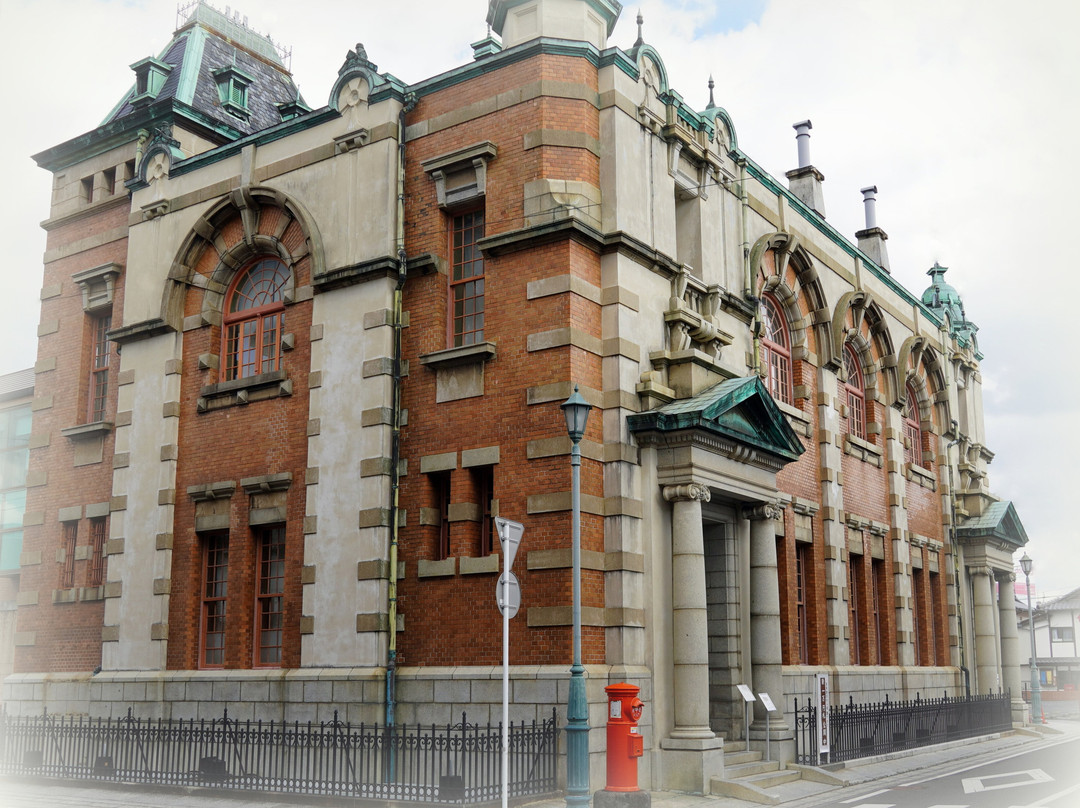
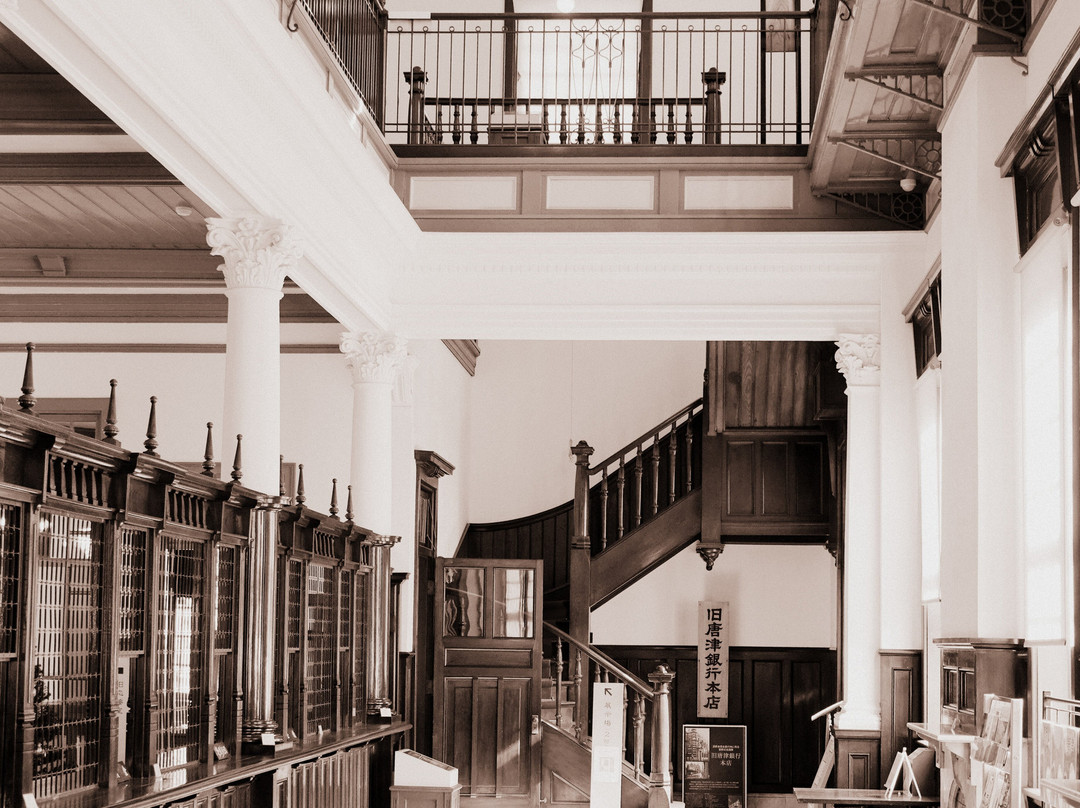
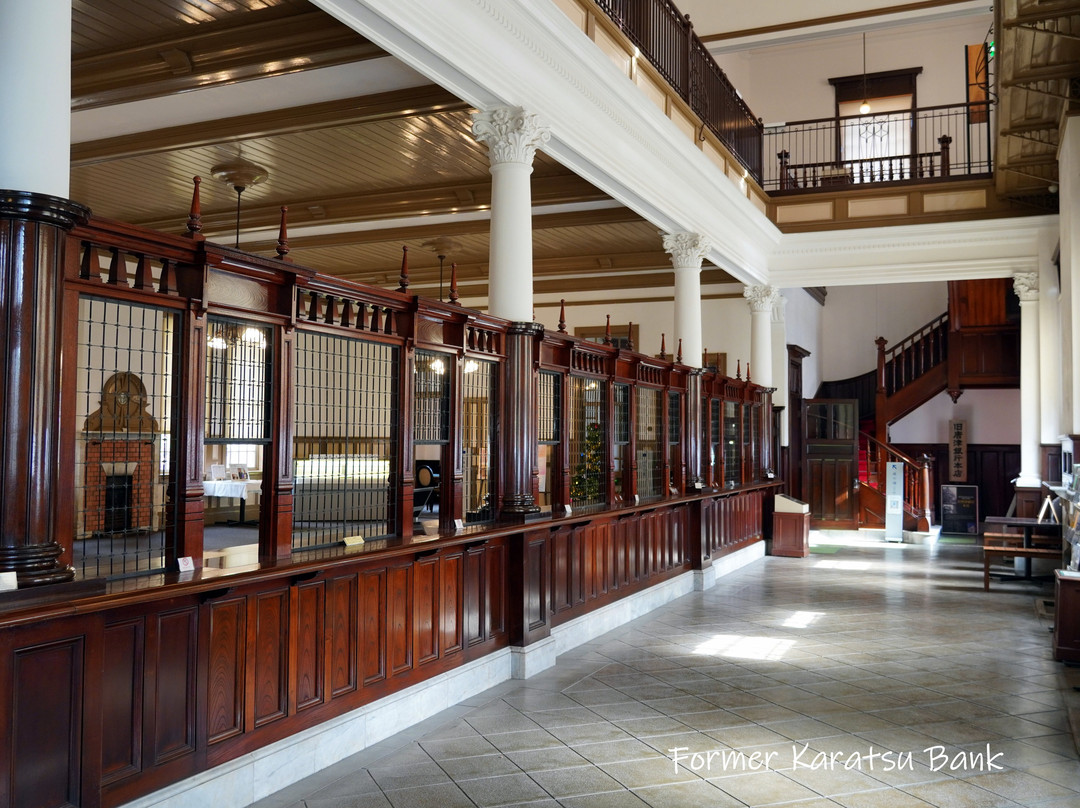
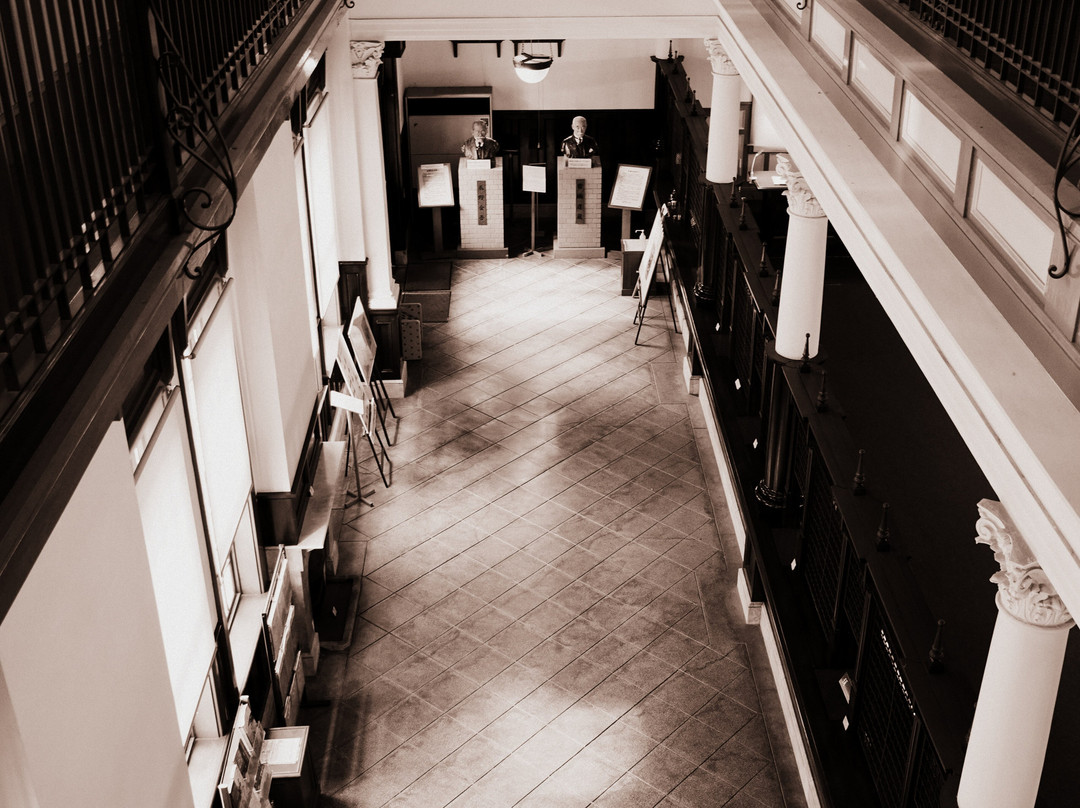
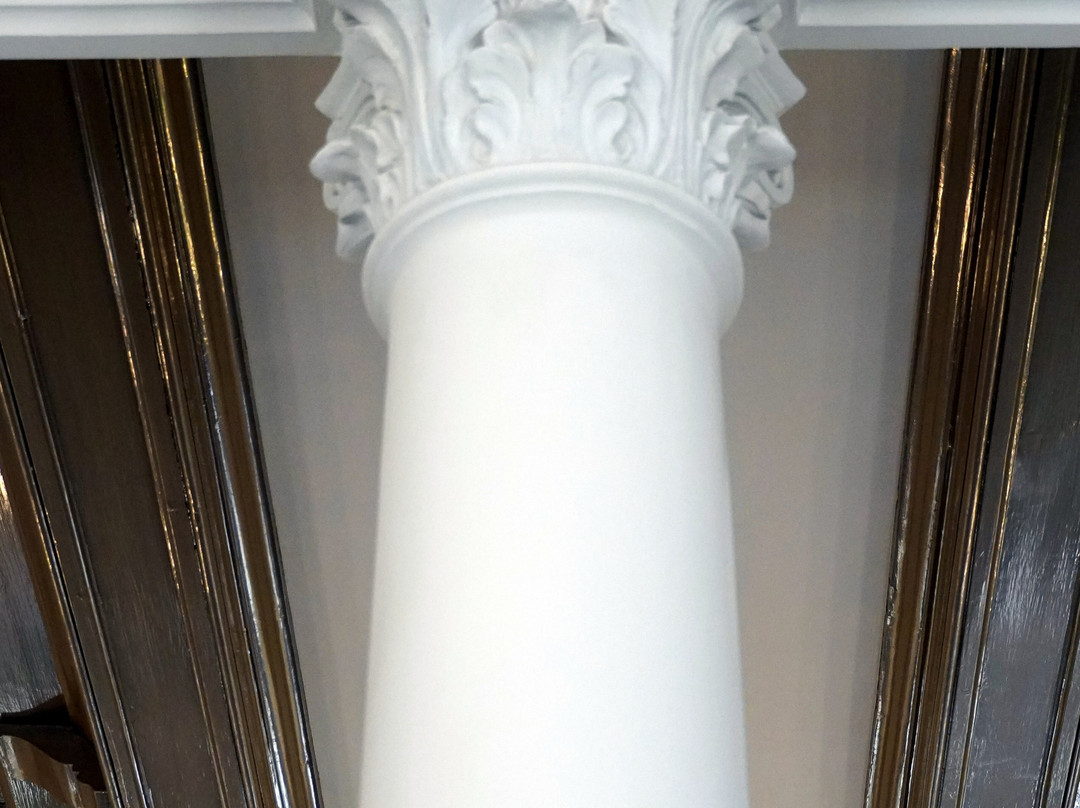
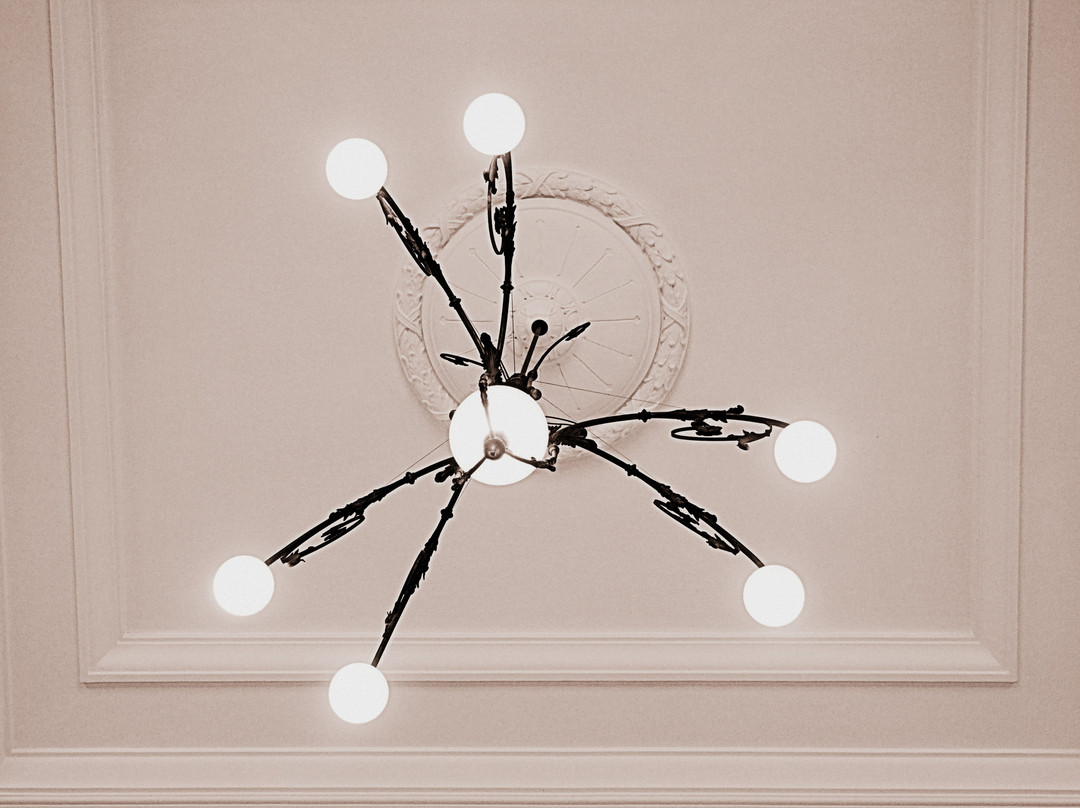
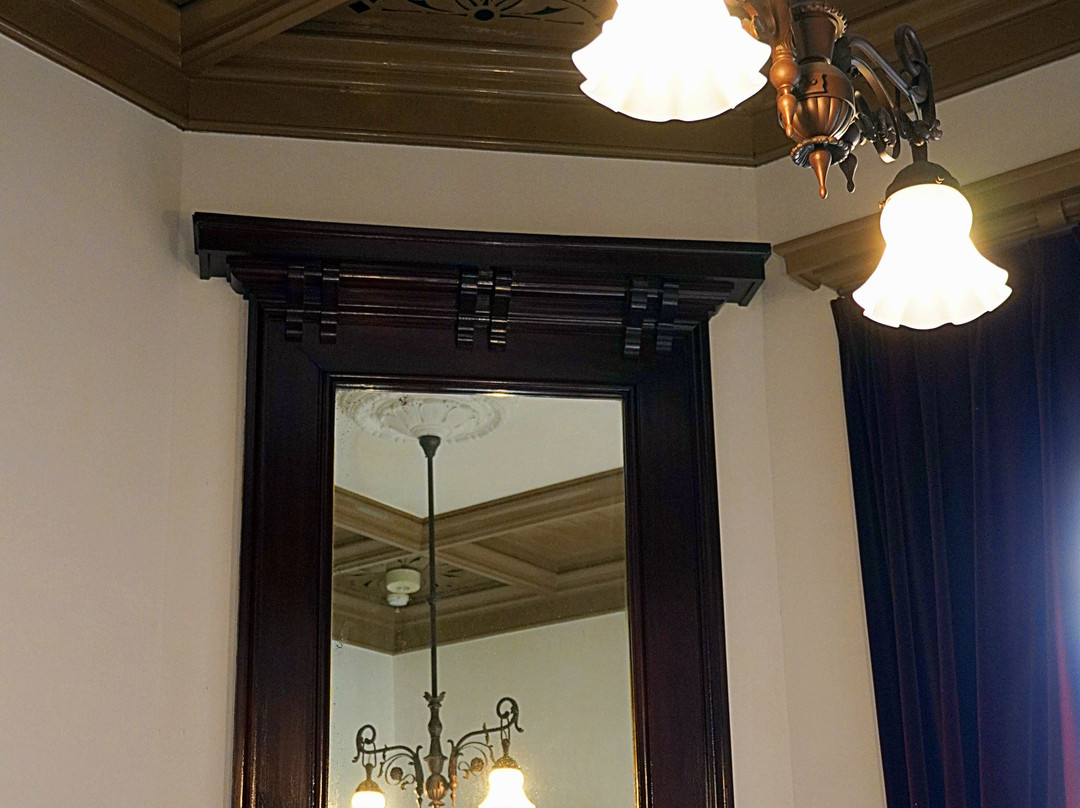
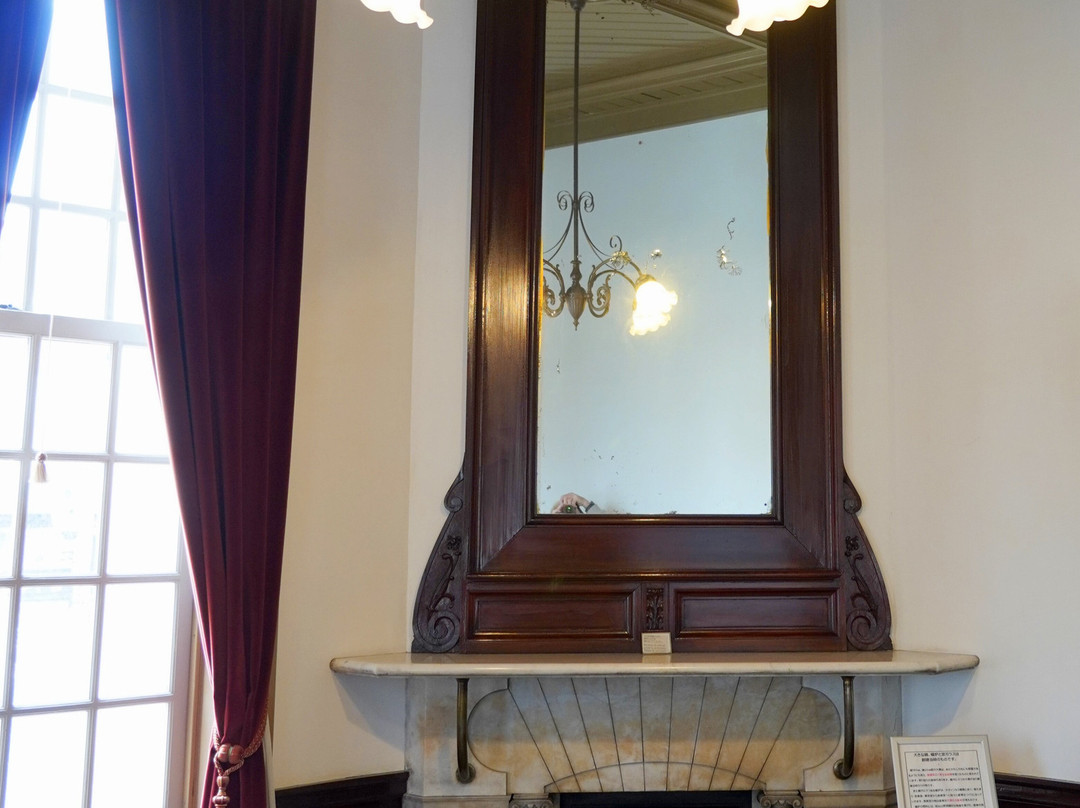
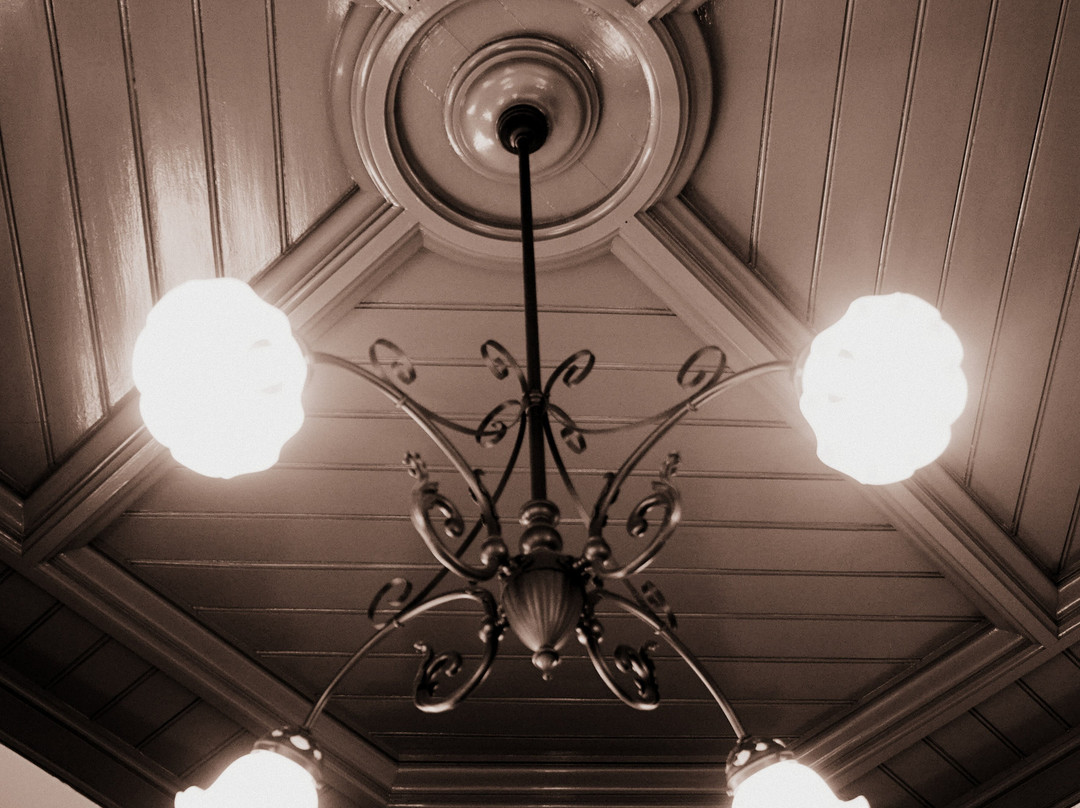
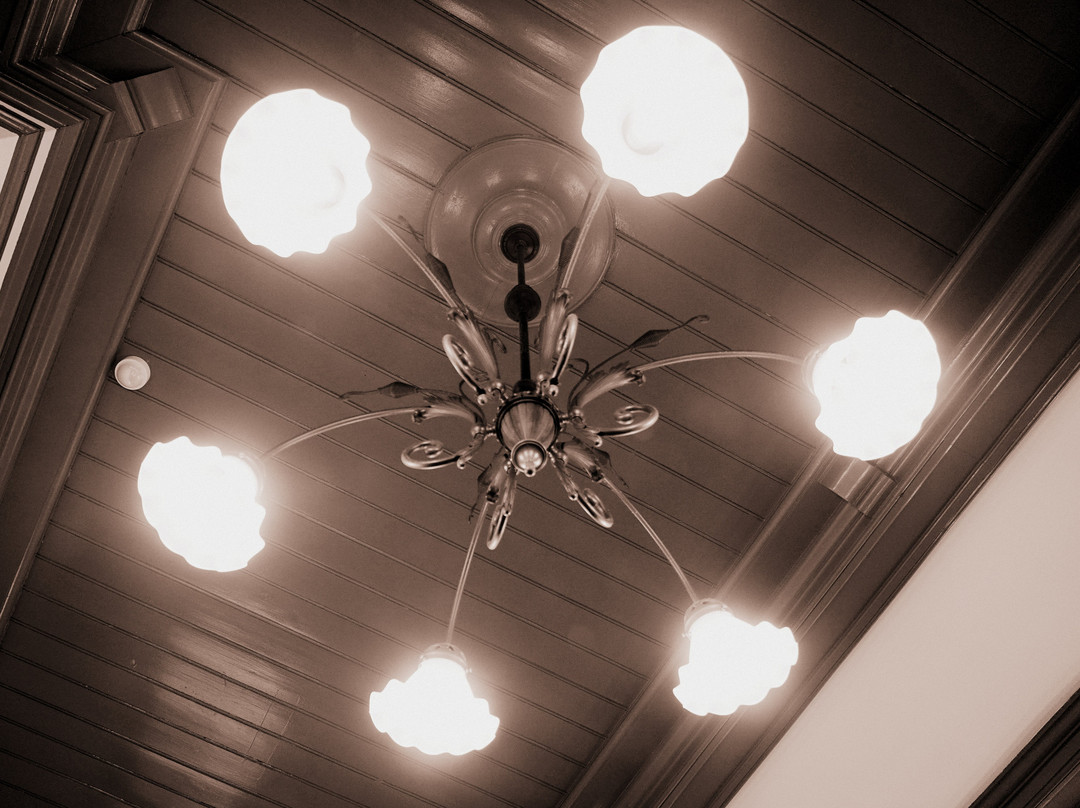
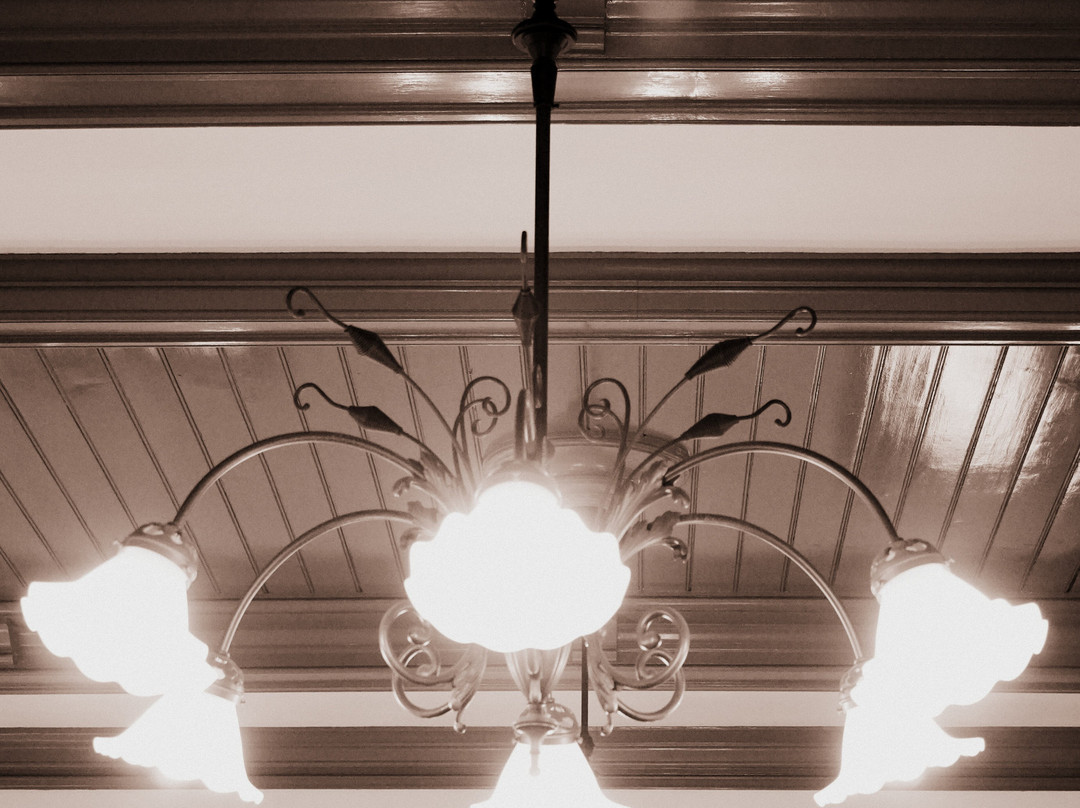
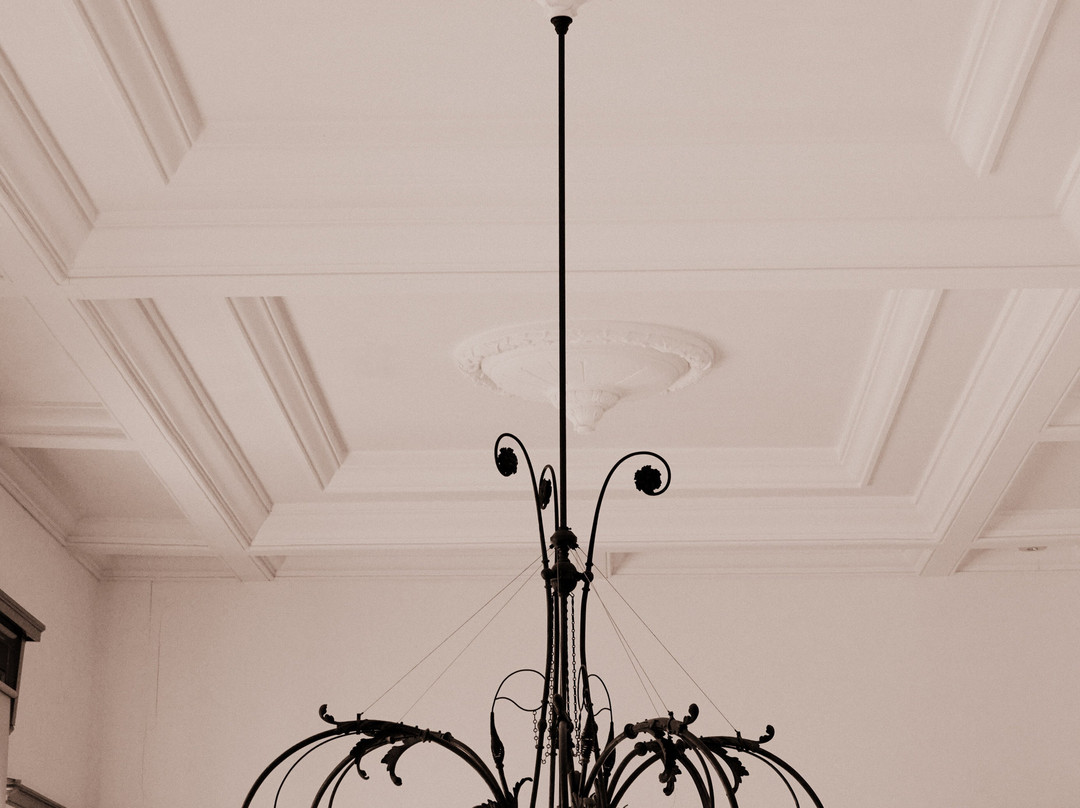
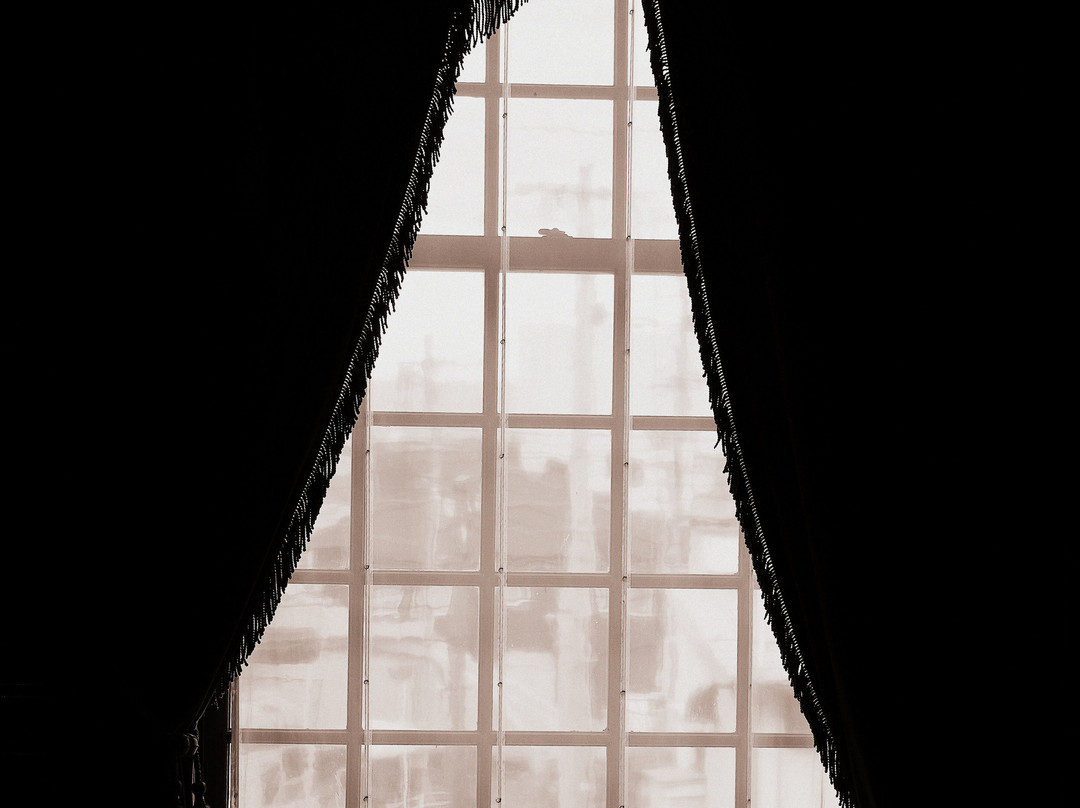
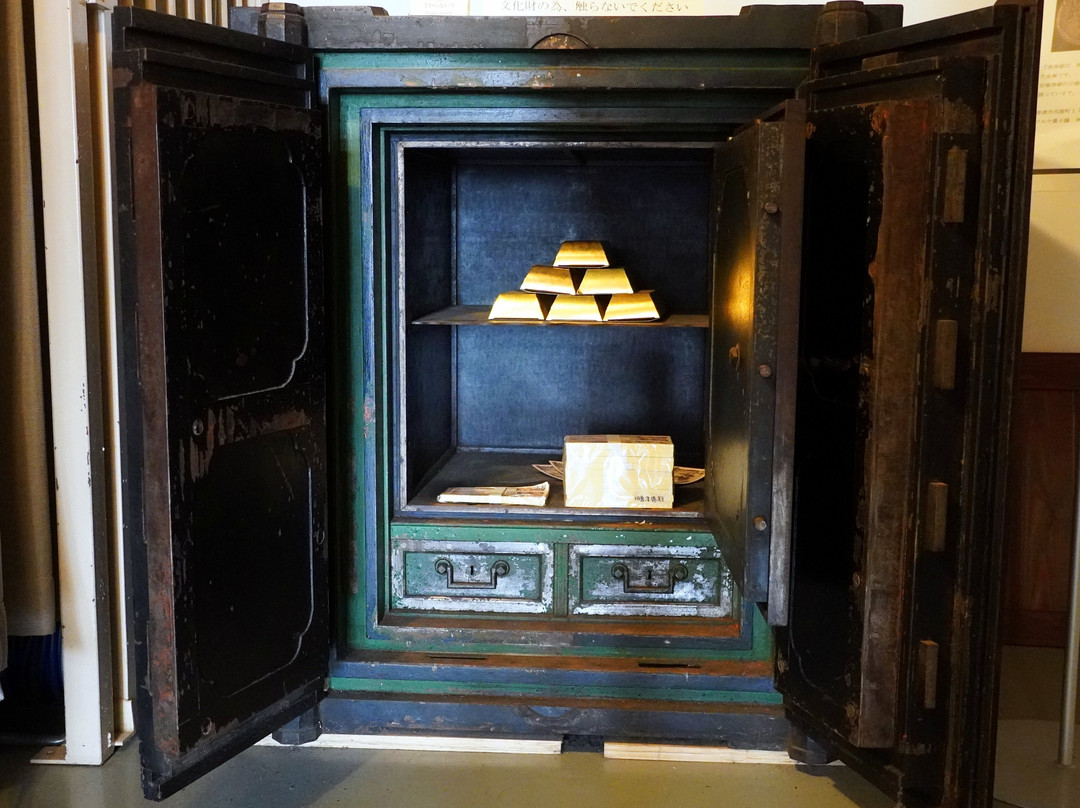
此点评仅代表旅行者个人的主观意见,并不代表TripAdvisor以及其合作方的意见。
关于我们
|
新闻动态
|
商务合作
|
会员中心
|
业主中心
|
业主通
|
常见问题
|
意见反馈
|
联系我们
|
营业执照
© 2025 Tripadvisor 版权所有。
使用条款 |隐私政策 |网站工作原理
部分照片由 VFM Leonardo 提供。
* Tripadvisor不是旅行社,也不是旅游预订服务代理商。我们提供免费、客观、公正的旅游资讯服务。 (显示更多)
TripAdvisor LLC 既不是预订代理商,也不是旅游运营商,不会向网站用户收取任何服务费。 按照规定,在 Tripadvisor 发布机票价格、游览和旅行套餐的合作伙伴(航空公司、旅行提供商及预订代理商),其标价须包含所有费用和附加费用。 例如, 机场出入境税费、消费税与其他服务费、手续费、杂费及附加费用。 当您向我们的某个合作伙伴进行预订时,请务必查阅他们的网站以了解当地行政部门要求的所有适用费用的具体情况。 除非另有说明,机票价格通常指的是一个人的价格(以人民币计)。
为方便起见,TripAdvisor LLC 根据从我们的预订合作伙伴获取的空房率计算每个酒店的均价。 对于游览和景点来说,所显示价格通常是每位成人的最低可用价格。 对于列出的任何旅行套餐或优惠,TripAdvisor LLC 无法保证任何特定的费率或价格。 此外,酒店均价每晚会更新,并以您的首选币种表示(使用现行汇率)。 由于这些已换算的价格是预估价格,因此,有关具体金额和币种请与预订网站进行核实。
此外,TripAdvisor LLC 无法保证我们网站上宣传的价格随时有效。 标价可能需要预订一定天数才能生效,或有不可用日期、使用条件或限制。
TripAdvisor公司对外部网站的内容一概不负责。优惠价格中不含税和其他费用。
ICP证:沪B2-20200433
沪ICP备20013175号
 沪公网安备31010502005427号
沪公网安备31010502005427号鹰程信息技术(上海)有限公司
货币/国家及地区
¥CNY
中国

